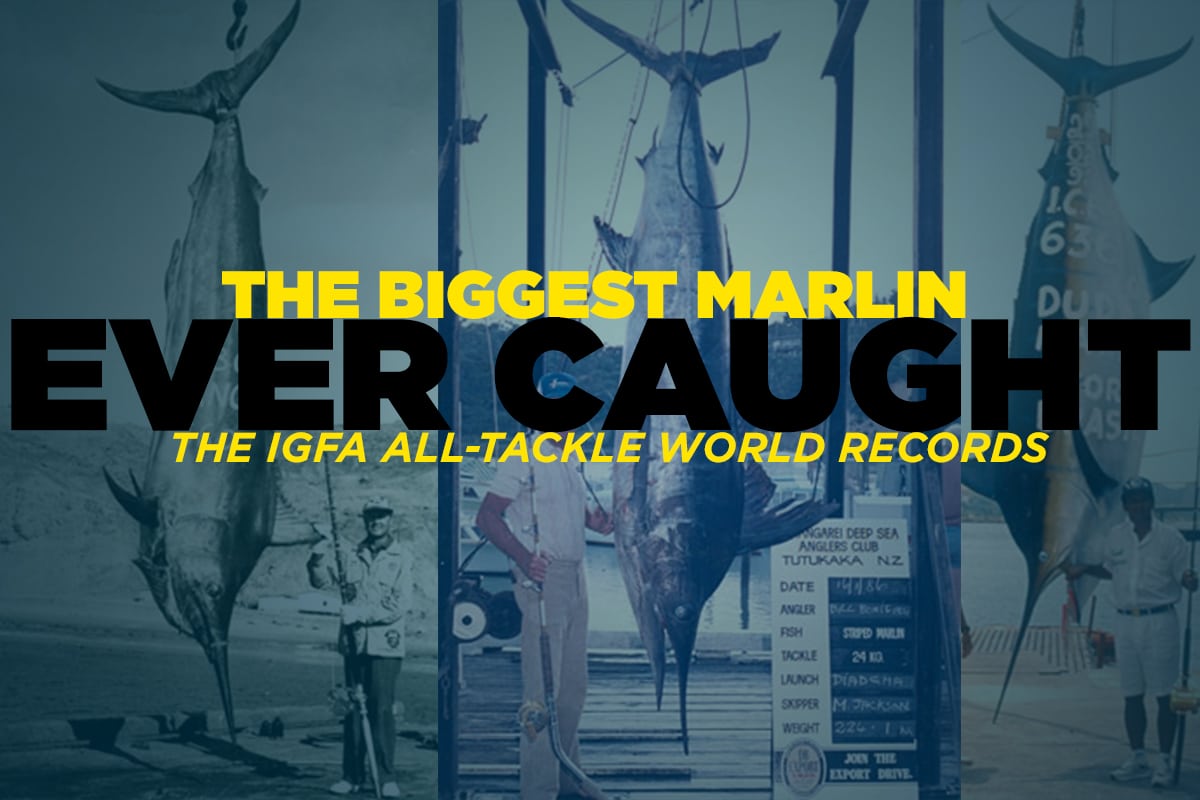Detail Author:
- Name : Dr. Moshe Osinski Sr.
- Username : francesco.wuckert
- Email : imckenzie@gmail.com
- Birthdate : 1976-02-26
- Address : 2148 Loy Flat South Abbyshire, CT 73505-1969
- Phone : 703-275-9779
- Company : Funk, Barrows and Grant
- Job : Painting Machine Operator
- Bio : Est ad pariatur esse temporibus. Tempora consequatur magnam ut nesciunt eum totam. Qui non iure corrupti aperiam. Voluptatem qui est rerum reprehenderit in beatae quos.
Socials
linkedin:
- url : https://linkedin.com/in/cartwrightn
- username : cartwrightn
- bio : Sit non rerum quia asperiores.
- followers : 3470
- following : 2835
instagram:
- url : https://instagram.com/ncartwright
- username : ncartwright
- bio : Quas et placeat aliquid deleniti. Consequuntur pariatur ut quasi facere quam laboriosam.
- followers : 1627
- following : 1913
twitter:
- url : https://twitter.com/cartwright2016
- username : cartwright2016
- bio : Eum quibusdam autem ea ex praesentium molestiae. Iusto ut consequatur possimus aliquid. Et dolore qui dolorem error quaerat aut.
- followers : 792
- following : 2261
tiktok:
- url : https://tiktok.com/@naomi_dev
- username : naomi_dev
- bio : Molestias aspernatur voluptatem inventore et.
- followers : 6347
- following : 2283
The vast, deep blue ocean holds many wonders, and among its most impressive inhabitants are the marlins, those truly magnificent fish known for their incredible speed and striking, spear-like bills. For many, just the thought of these powerful creatures sparks a sense of awe, maybe a little bit of wonder, and, frankly, perhaps even a tiny bit of fear. They are, after all, apex predators in their watery world, and their sheer size can be quite intimidating to consider, especially when thinking about any close encounters.
People often picture these ocean giants leaping from the waves, a truly spectacular sight, or imagine the intense struggle of an angler trying to bring one in. With their long, pointed snouts and incredible strength, it's pretty natural to wonder about the potential risks involved when humans and these big fish cross paths. The idea of such a powerful creature, capable of moving through the water at astonishing speeds, does tend to make one think about what might happen if things went wrong, you know?
This curiosity often leads to a pretty specific question: have these majestic ocean dwellers ever caused serious harm to a person, or, more starkly, has a marlin ever killed anyone? It’s a question that, in some respects, touches on our primal fears of the wild, but also our deep fascination with marine life. We are, after all, talking about creatures that are very much built for speed and hunting, so the concern, I mean, it's just a little bit understandable, isn't it?
Table of Contents
- What Are Marlins, Really?
- How Do Marlin Encounters Happen?
- Are Marlin Attacks Common?
- Instances of Marlin-Related Incidents
- So, Has a Marlin Ever Killed Anyone?
- What Precautions Can Anglers Take?
- Understanding the Ocean's Giants
- The Thrill and Responsibility of Marlin Fishing
What Are Marlins, Really?
To really get a sense of these creatures, it helps to know a bit about them. Marlins are a type of billfish, a group of ocean dwellers recognized by their elongated, spear-like upper jaw. They are, in fact, some of the fastest fish in the sea, capable of truly amazing bursts of speed. Their bodies are built for slicing through water, sleek and strong, with a rather pointed dorsal fin that helps them cut through the currents. There are a few different kinds, like the Blue Marlin, Black Marlin, and Striped Marlin, each with its own particular look and size, but all sharing that distinctive bill. They typically live in warm, tropical, and subtropical waters across the world's oceans, so you'll find them in a lot of different places, basically.
These fish are hunters, pure and simple. They use their speed to chase down prey, which usually includes smaller fish like tuna and mackerel, and sometimes even squid. The bill isn't just for show; they use it to stun or injure their food, slashing through schools of fish to make them easier to catch. It's a very effective tool for their survival, and it's also what makes them such formidable creatures to behold. They can grow to be quite large, with some specimens reaching several hundred pounds and many feet in length, so they're genuinely impressive animals, you know, just by their sheer size.
Despite their hunting prowess, marlins are generally not aggressive towards humans in their natural environment. They prefer to keep to themselves, deep
- Liev Schreiber Naomi Watts Billy Crudup
- Jane Ginsberg
- Fart On Airplane
- Beyonce On Cardi B
- William John Tell

